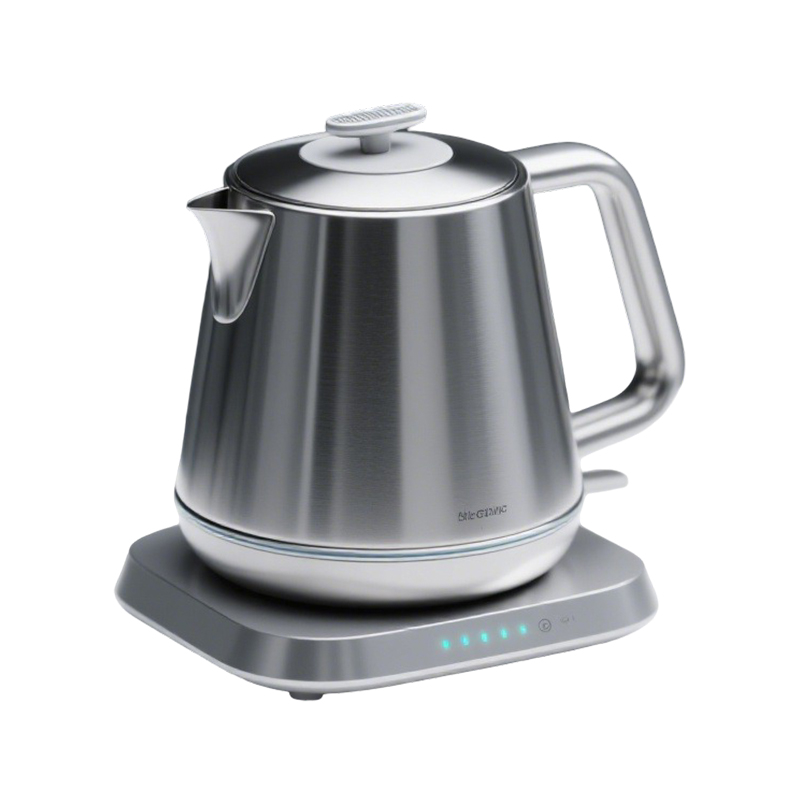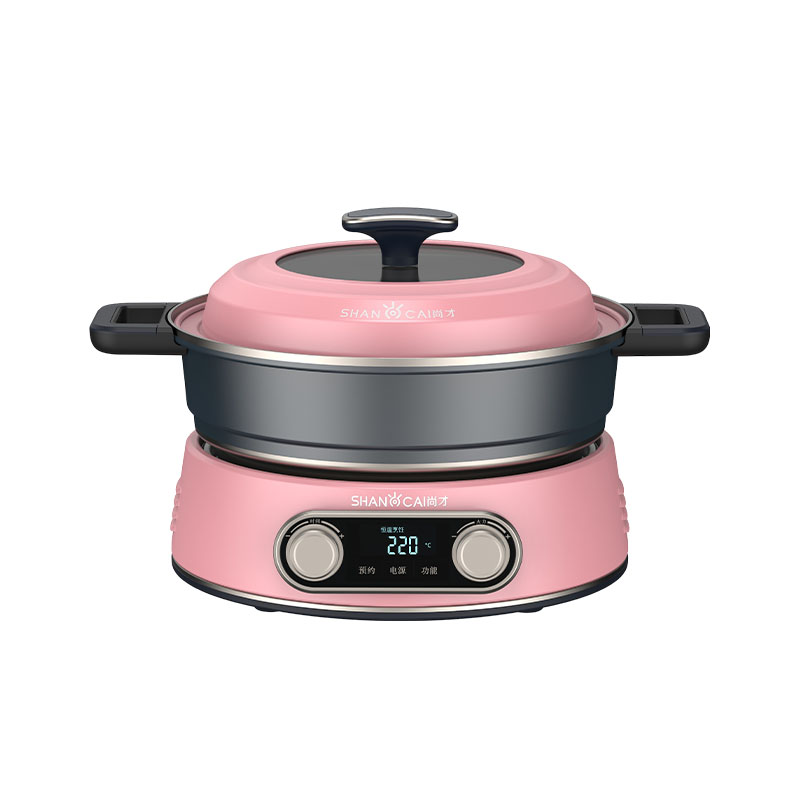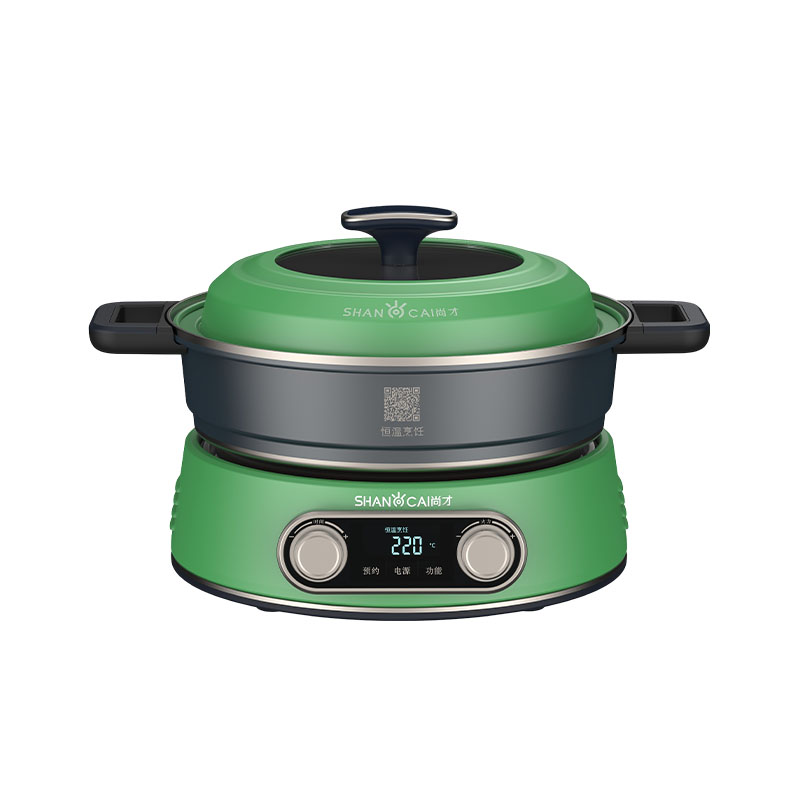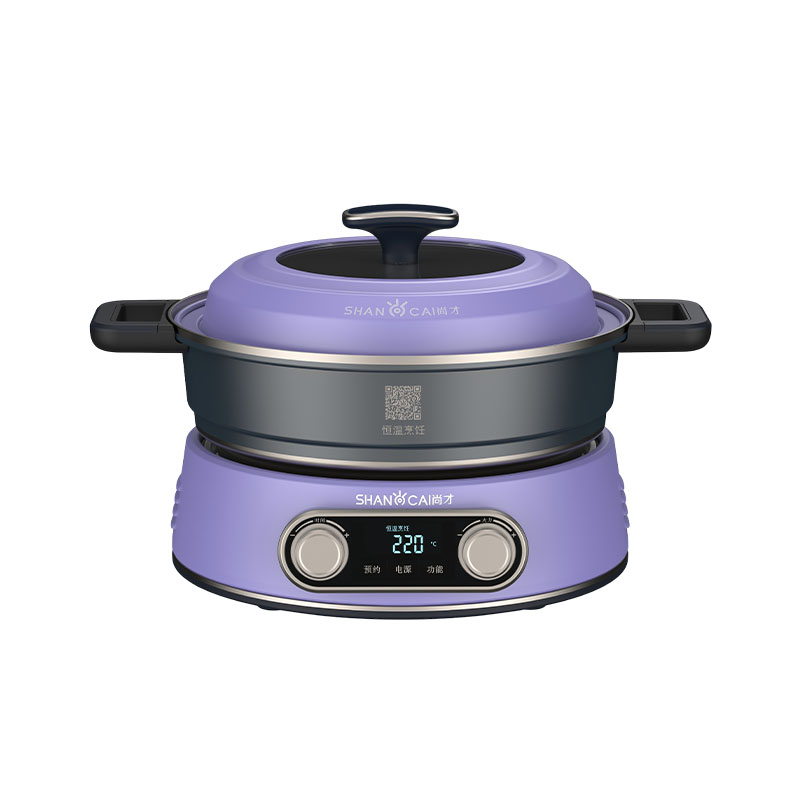What is the mechanism by which the surface polishing process of stainless steel pots affects the anti-stick performance?
Release Time : 2025-10-08
The surface polishing process for stainless steel pots significantly improves their anti-stick properties by optimizing microtopography, enhancing surface flatness, enhancing the stability of the passivation film, and reducing the coefficient of friction. This process involves two main techniques: mechanical polishing and electrochemical polishing, whose mechanisms of action are physical leveling and chemical dissolution, respectively.
Mechanical polishing uses the cutting action of abrasives under directional pressure to remove macroscopic defects such as scratches and scale on the stainless steel pot surface caused by machining or welding. This process creates a uniform fibrous structure on the pot surface, reducing surface roughness and minimizing microscopic gaps where food comes into contact with the pot. For example, the surface roughness of mechanically polished stainless steel pots can be controlled to below Ra 0.8μm, effectively reducing the likelihood of food debris embedding. However, mechanical polishing can easily introduce a plastic deformation layer on the surface, resulting in increased localized hardness, which may affect the adhesion of subsequent anti-stick coatings.
Electrochemical polishing, on the other hand, achieves precise control of surface microtopography through anodic dissolution reactions in an electrolyte. When stainless steel pots serve as anodes in a phosphoric acid/sulfuric acid mixed electrolyte, the microscopic surface protrusions preferentially dissolve due to the concentrated current density, while the concave areas dissolve more slowly, ultimately forming a granular grain structure. This structural transformation significantly improves surface smoothness and forms a continuous passivation film. The passivation film, primarily composed of chromium oxide, has a dense structure that effectively blocks direct contact between food and the substrate, reducing the risk of adhesion. Research has shown that the passivation film on electrochemically polished stainless steel pots can reach a thickness of tens of nanometers and exhibits superior compositional uniformity compared to mechanically polished pots.
Surface flatness impacts anti-stick properties in two ways: First, a flat surface reduces the number of "anchor points" where food contacts the pot, reducing adhesion. Second, a uniform surface topography ensures a more even distribution of the oil film, forming a complete physical barrier. For example, in a fried egg test, the oil film coverage on electrochemically polished stainless steel pots reached over 95%, while unpolished pots only achieved approximately 60% coverage, significantly increasing the likelihood of sticking.
The stability of the passivation film is a key factor in anti-stick performance. During electrochemical polishing, surface activity decreases, strengthening the bond between the passivation film and the substrate. This passivation film is not only chemically inert but also self-heals to compensate for minor scratches. In contrast, the passivation film on a surface after mechanical polishing may be locally weak due to the presence of a plastic deformation layer. This can easily break down under high temperatures or acidic environments, resulting in reduced anti-stick performance.
A reduced coefficient of friction further enhances the anti-stick effect. The coefficient of friction on polished stainless steel pots can be reduced to below 0.2, significantly lower than the 0.5 or higher coefficient of friction on unpolished surfaces. This low coefficient of friction allows food to slide more smoothly on the pot surface, reducing protein denaturation and adhesion caused by frictional heat generation. For example, during high-temperature frying, a low-friction surface can reduce the contact time between food and the pot by over 30%, significantly reducing the risk of sticking.
In practical applications, polishing needs to be synergistic with other anti-stick measures. For example, polished stainless steel pots require a preheating treatment to evenly raise the pot's temperature and create a stable thermal layer to prevent local overheating and carbonization of the oil film. Furthermore, choosing an edible oil with a high smoke point, such as peanut oil or refined olive oil, can prolong the effective life of the oil film and further enhance the anti-stick effect.
The surface polishing process for stainless steel pots creates a multi-layered anti-stick mechanism by improving surface topography, enhancing the stability of the passivation film, and reducing the coefficient of friction. Mechanical polishing and electrochemical polishing each have their advantages. The former is suitable for rapid leveling, while the latter offers superior surface quality and corrosion resistance. In actual production, the polishing method should be selected based on the pot's intended use, cost budget, and process feasibility to achieve a balance between anti-stick performance and durability.







